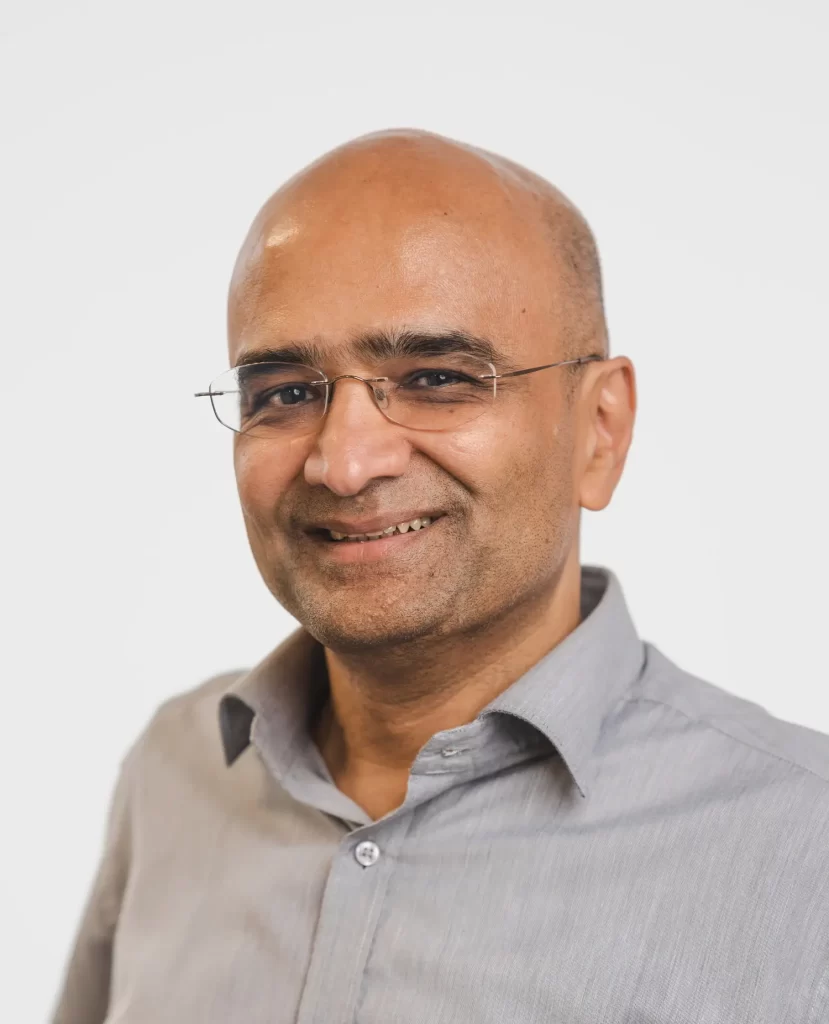We interviewed our Co-Founder, Senior Partner and Chair, Kamlesh Sheth, about his motivation for working in the world of rare diseases and his involvement in the birth of BlueDil International. Let’s read about what he had to say.
1. What inspired your dedication to the rare disease landscape?
My journey into the rare disease landscape began during my time at Swedish Orphan International that later became Swedish Orphan Biovitrum (Sobi), where I was deeply moved by the courage and resilience of patients and families navigating life with conditions most have never heard of.
One particularly defining moment was initiating the clinical development program for Alkaptonuria in partnership with the AKU Society, University of Liverpool, and the Royal Liverpool Infirmary. Working hand in hand with a patient advocacy group to develop a treatment was a transformative experience and a paradigm shift. It truly highlighted the transformative potential of patient-industry-academia partnerships.
Coming from a background in cardiovascular surgery and academic research, I was struck by how underserved the rare disease community was, despite their resilience and determination. That experience left a lasting mark: I realized that science must be guided not only by data, but by empathy, listening, and co-creation. It showed me that our industry’s role goes far beyond medical innovation – it’s about advocacy, inclusion and co-creation. Since then, I’ve stayed committed to supporting this community.
2. In your view, what are the critical elements needed to drive meaningful change in this domain?
Driving real progress in rare diseases requires collaboration, expertise and a deep understanding of the challenges patients face. Collaboration across stakeholders: patients, industry, academics, policymakers and regulators are essential because no single group can do it alone.
Clarity of purpose matters too: rare diseases are complex, and we need to stay focused on the end goal – bringing meaningful, accessible treatments to those who need them. Finally, timing is critical. For many patients, delays can mean lost opportunities, so we need to move with urgency, but never at the expense of empathy or quality. The field is complex scientifically, logistically and emotionally so success depends on bringing together the right people at the right time.
3. What motivated your involvement as a founding member of BDI?
BlueDil International was formed out of a shared belief that rare diseases require tailored, high-quality support across all stages of development, commercialization and access. It felt like a natural extension of the work I’ve been doing for many years across the research, clinical development, regulatory, pharmacovigilance, access, distribution and commercial spectrum. We saw an opportunity to help build a consultancy that truly understands the rare disease space in both breadth and depth.
It was also important to work with colleagues I trust and respect, many of whom I’ve known for over 20 years. Together, we created BlueDil International to deliver credible expert guidance with the flexibility and responsiveness that this field demands. We bring together deep expertise and personal commitment with cross-border capability and I’m very proud to be a part of that.
4. How does BDI position itself strategically to advance rare disease initiatives across Europe?
We understand that while rare diseases share many challenges across Europe, each country has its own regulatory environment and access processes. We have a unique ability to combine pan-European high-level strategic oversight with coordinated practical execution, maintaining a strong understanding of national systems, policies and dynamics on-the-ground.
What makes us different is that we’re not a one-size-fits-all consultancy. We tailor our approach to the context, the stakeholders and the needs of the project.
We’re also deeply connected to the rare disease community, including patient advocacy groups and academic networks, which ensures that our work remains relevant and grounded.

